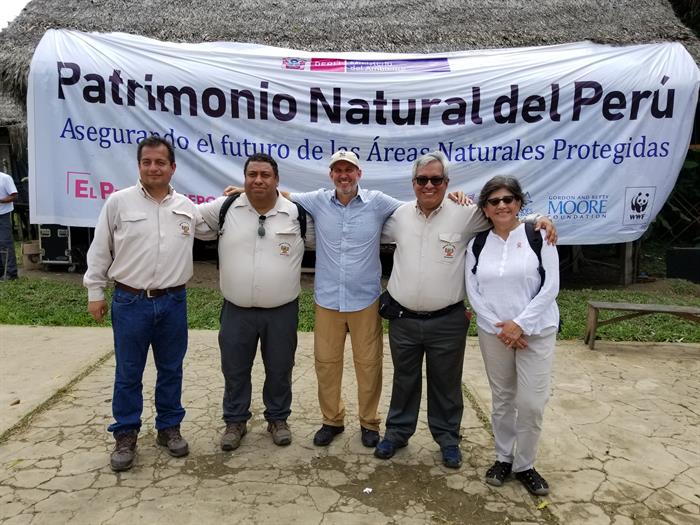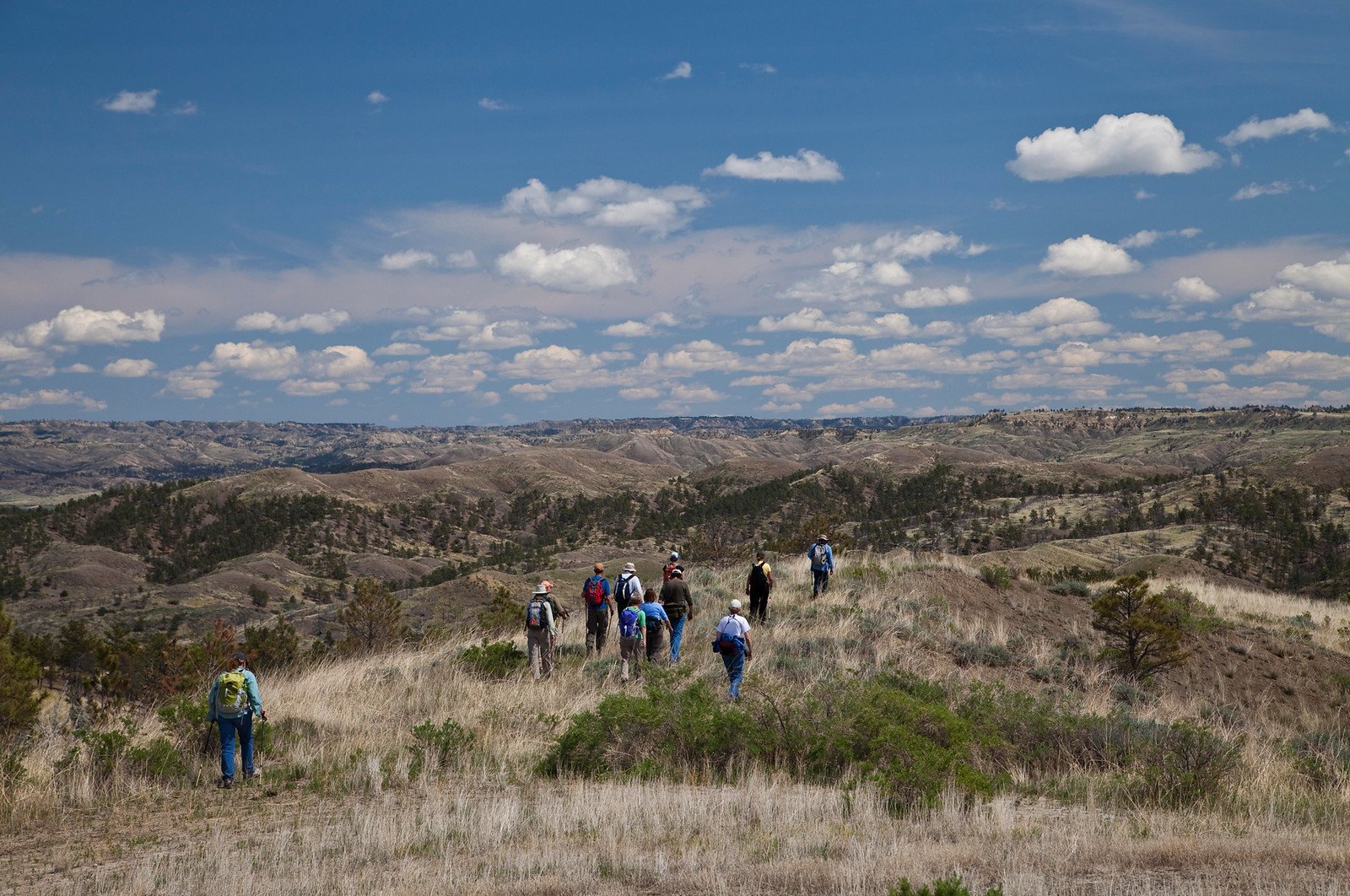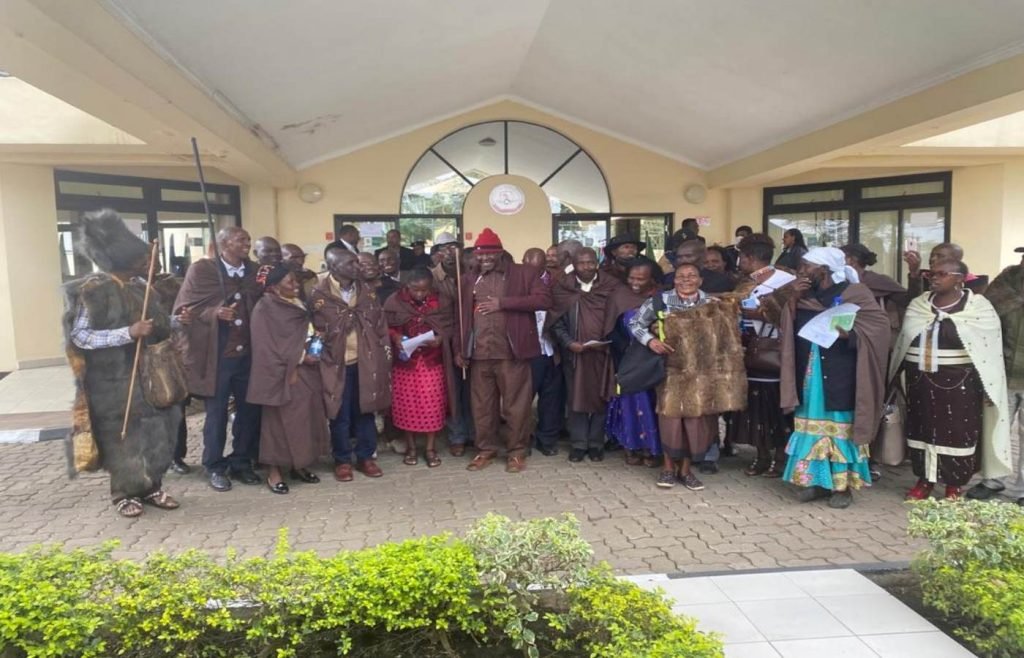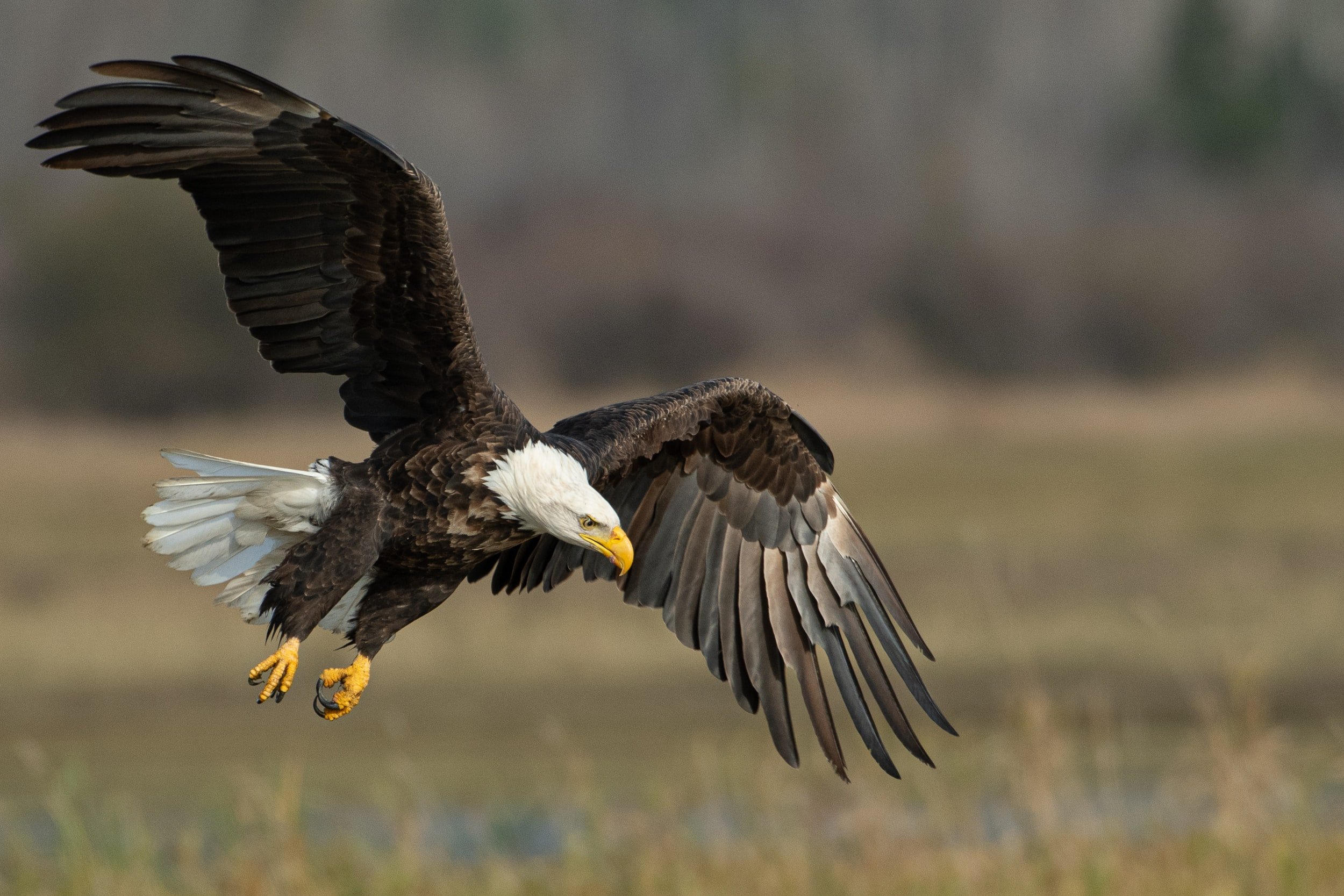PICTURED: Organizers and leaders smile on closing of the Amazon portion of Peru’s Natural Legacy. Photo credit Gordon and Betty Moore Foundation.
Sydney, Australia, November 12th, 2014. The 2014 World Parks Congress meets in Sydney to discuss future agendas for the conservation and sustainable management of the world’s protected areas. More than 5000 attended the noble global forum representing world governments, non-governmental organizations, academic and scientific institutions, international organizations, indigenous communities, and conservation groups.
Meeting every 10 years since 1962, previous Congresses have had a significant impact in assisting national governments to create new protected areas, and direct more resources towards biodiversity conservation.
Plotting a course through a tumultuous decade over the eight days of activities and sessions, the 2014 Congress settled on eight objectives as a target for success in conservation and management which included: reach conservation goals, respond to climate change, improve health and well-being, support human life, reconcile different development challenges, enhance diversity and quality of governance, respect indigenous and traditional knowledge culture, and inspire a new generation to prioritize conservation.
Now in 2019, one of the most biodiverse countries in the world has demonstrated that 10 years is more than enough time to achieve such a platform.
PICTURED: A family of capybaras along the Amazon River in Manu National Park, Peru.
Peru’s Natural Legacy
From the glittering glaciers and blue lagoons of Mount Huascarán, to the steamy jungles encompassing the headwaters of the Amazon River, Peru is recognized as one of the world’s 17 megadiverse countries.
Their unique landscapes span lush jungles to the paramo of the high Andes, and from the rainbow mountains to the driest desert on earth. Peru ranks first in the world for its diversity of butterflies and fish, second for its species of birds, fourth for its amphibians, and fifth for its mammals.
5-years since the commitments were made down in sunny Sydney and Peru has officially managed to amass the $140 million required to expand and manage 41.6 million acres of the Peruvian Amazon – one of the most important ecosystems on earth.
Patrimonio Natural del Perú, or “National Parks: Peru’s Natural Legacy,” is a government-led “Project Finance for Permanence” initiative. Kickstarted in 2014 at the World Parks Congress, it aims to establish a system of financial sustainability for Peru’s National Parks, starting with the country’s verdant heart, Manu National Park in the Peruvian Amazon, but reaching out to include 20 million hectares of financially-sustainable and responsibly managed areas.
“The headwaters of the Amazon basin are critical for the social and environmental well-being of Peru and the planet,” explains Avecita Chicchón, program director for the Moore Foundation’s Andes-Amazon Initiative.
Financiers for the project included the Government of Peru, the Peruvian Trust Fund for National Parks and Protected Areas (PROFONANPE), World Wildlife Fund, Amazon Andes Fund, the Global Environment Facility, and the Gordon and Betty Moore Foundation.
These days there are plenty of international organizations setting up long-term plans to try and benefit the world – the Paris Climate Accord and the 18 UN Sustainability Goals for 2030 for example.
It’s a grand thing to hear when a country has actually carried through with their commitments, and Peru has gotten off to a flying start.
Just the Right Time
One of the eight goals to emerge out of the 2014 Sydney Congress was to brighten the outlook for world heritage by enhancing conservation work, challenging governments and groups to make World Heritage Sites more resilient in the face of a changing climate, and enhancing the credibility and integrity of World Heritage by making sure the best sites are added, and the existing ones are well-managed.
This initiative was launched off the back of an unprecedented study on Natural Heritage Sites which involved over 500 experts and 228 Heritage Sites over 3 years.
Peru’s commitment to protecting her natural wonders comes at just the right time, as the World Heritage report places several of the most treasured landscapes including the Historic Sanctuary of Machu Picchu, Huascarán National Park, and Manu National Park in critical danger as recently as 2017.
“A quickly advancing development frontier has changed large tracts of a previously remote landscape. Major road infrastructure has been facilitating access and legal and illegal natural resource extraction. This development represents significant threats to the property in the medium and long terms, the effects of which are starting to become visible and are likely to be aggravated by anticipated climate change,” states the report on Manu National Park in the Peruvian Amazon.
However with the closing of the Amazon project, a triumph of special significance for the efficacy of Peru’s Natural Legacy initiative and corresponding funding model has been achieved that gives Peru a solid platform with which to protect even more of her natural treasures.
“By promoting park management and sustainable financing as the cornerstones of collective conservation, the partners who have helped make this closing possible are investing in the natural legacy of one of the world’s most biodiverse nations, for the education, enjoyment and livelihood of generations to come,” reads the corresponding press release on the Gordon and Betty Moore Foundation’s website.





